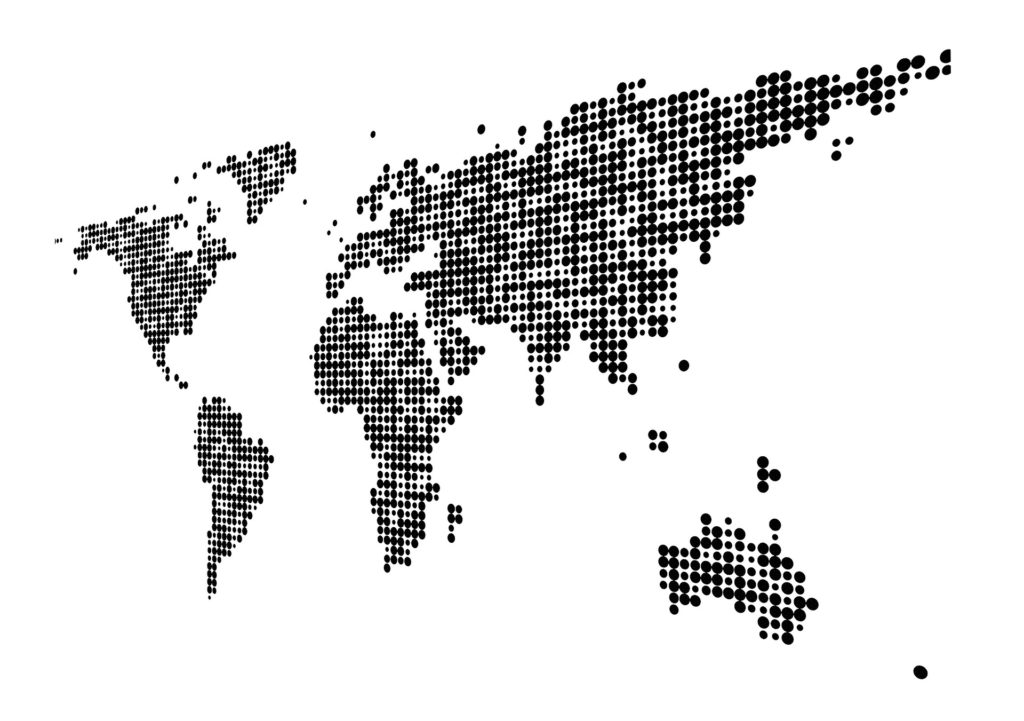
India aspires to act as a great power in the international system. The U.S. also seeks an increased role of India as a regional policeman in the Indian Ocean region, and for it to serve as a regional net security provider in South Asia to contain China. In the post-Cold War era, the U.S. perception of India has radically transformed. The rising economic, diplomatic and military power of India has created a convergence of interests between it and the U.S.; this comes at a time of changing dynamics of power configuration at the global level due to the rise of China. Pakistan, as a key strategic partner of China, has been viewed through this lens as a stumbling block to India’s development of a favourable regional order strategy.
From a reluctant start to bilateral relations, India and the United States have developed a coherent strategic partnership, especially after 9/11 owing to their synergy on a national counter-terrorism policy focused on Afghanistan. This relationship acquired a strategic dimension with the culmination of the “Civil Nuclear Energy Cooperation Deal” in 2008 to further strengthen it. The U.S. considers that India will play a greater role in strategic affairs as a regional power rather than protecting the country’s borders. This conception has resulted in India’s assertive policy toward Pakistan. Power projection has evolved as a major reflection of this strategy in incumbent Indian military strategy because of changes in the military doctrines of its armed forces.
The Indian army doctrines of 2004 and 2009 both have demonstrated India’s will to acquire military projection capabilities. The 2009 doctrine cites ‘out of area contingencies’ as part of five top priorities for operations. Similarly, the Indian navy doctrines of 2007 and 2009 both refer to power projection as a policy choice by defining ‘primary areas of maritime interest’ areas that include the Persian Gulf, the Cape of Good Hope and the Strait of Malacca and Singapore. It reconfirms the operational domain of an Indian extended neighbourhood doctrine as a stimulus to conceive areas of Indian national interest.
The Indian Air Force’s (IAF) doctrine envisions force projection as a measured action within the strategic areas of vital Indian national interest in its vision document. A similar argument is reiterated in the 2017 joint military doctrine of armed forces. This doctrine is the first of its kind which reconfirms the argument furthered in this chapter, that India is developing network-centric warfare capabilities. It is for the first time that the Indian strategic community is emphasizing the need for inter-operate -ability and coordination among all three major forces of conventional warfare including the army, navy and air force; this reflects overambitious and confused strategic thinking of Indian policy elite.
India has developed separate doctrines for its army, air force and navy in the past and military modernization efforts were carried out to meet their requirement and operationalize them. Instead of completing them, India has embarked on the new track of doctrinal development for its armed forces in the form of s joint armed forces doctrine which reflects policy confusion, lack of coordination and over the ambitious political approach to project India as a regional security provider and regional power.
‘Coercion’ and ‘Credible deterrence’ are cited as the main options India can opt for against its neighbours to compel them to change their behaviour and mitigate threats emanating from them; this is laid out in the joint armed forces doctrine 2017 as a conventional war spectrum strategy which would destroy their forces command system without escalating conflict to the nuclear threshold. This reflects a shift in the Indian nuclear doctrine in term of lowering the nuclear threshold of India and establishing an assertive security policy toward the neighbourhood, especially against Pakistan.
India’s policy under Modi is to focus on building the capabilities of its Armed Forces by maximizing its indigenous defence production and purchasing high-quality defence equipment and weapons. In this regard, India has signed many joint ventures with the U.S., Russia and Israel. India’s military exports from Russia declined by 42% during 2014-19, as per a SIPRI 2019 report, while India acquires these resources for military modernization from alternative forums.
Under the Modi government, India has adopted coercive diplomacy as a mechanism against Pakistan to change the latter’s attitude of moral and diplomatic support for a plebiscite in Kashmir. India forced Pakistan for dialogue on terrorism without including Kashmir issue, but Pakistan refused to accept coercive conditions of India. In response, India cancelled a foreign secretary level bilateral dialogue with Pakistan in August 2014, increased skirmishes on the Line of Control during 2014 to 2016, and boycotted the SAARC summit scheduled for 2016 in Pakistan, thereby postponing it. New Delhi is also trying to encircle Pakistan by heavily investing in Iran’s Chabahar Port and by providing large economic aid to Afghanistan. India has established military bases in Afghanistan after having concluded a 2011 strategic partnership agreement with it.
Under the Modi government, Pakistan has remained a target of bellicose policies of India. The administration, with deep undercurrents of Hindutva, tried to crush the Kashmiri freedom movement through the use of force which has backfired. India has asserted its military power toward the internal separatist freedom movements to crush them along with Pakistan as a public consumption strategy. India has levelled allegations against Pakistan for terrorism in India which are rebutted by it. India lacks evidence to substantiate its claims and has, therefore, resorted to violence.
India made disputed claims of surgical strikes as a punitive action against Pakistan in September 2016 and 2018. Post-Pulwama, the Pakistan-India military spat reflects the growing intensity of the conflict with debilitating security implications for Pakistan. The Indian joint armed forces doctrine 2017 has officially endorsed surgical strikes as security operation strategy which is catastrophic for peace of the region, given the nuclear dimension of Pak-India relations. Under Modi’s rule, Pakistan-India relations have deteriorated because his government has projected hawkish, discriminatory and aggressive policies toward Pakistan.
India has carried out heinous activities against Pakistan on the current administration’s watch. In 2014, the Indian National Security Advisor, Ajit Doval, argued that India must use terrorism as a strategy to dismember Pakistan and neutralize threats emanating from it. In 2015, Premier Modi accepted, during a visit of Bangladesh, that India had played a role in dividing Pakistan and creating Bangladesh in the 1971 war; this was a reiteration of the thoughts of Ajit Doval. He publically accepted this act of sedition and military intervention during his public speech in Bangladesh in 2015, which presents a picture of India as an agent of chaos in the region.
The most important evidence of Indian activities in sabotaging Pakistan was the arrest of serving Indian Navy commander Kulboshan Yadav, who was on a terrorist mission to spike subversive actives in Pakistan. He was tried in the military court of Pakistan on charges of terrorism against Pakistan, and the court sentenced him to the death penalty in 2016. India has imposed a full-fledged low-intensity war on Pakistan at the sub-conventional level, especially targeting the peripheral regions including Baluchistan and Gilgit Baltistan.
Given this scenario, Pakistan needs to generate an effective response to counter Indian security challenges and protect its interests. India has violated the ceasefire agreement on the LOC and working, an operational border area between Pakistan and India by using high calibre gunfire in 2018 alone. These skirmishes are becoming a source of escalation which may lead to full-fledged war because Kashmir is a nuclear flashpoint. Pakistan needs to sensitize and de-freeze its ties with the U.S. to address strategic issues surfacing due to India’s assertive and aggressive policy, but mistrust on both sides has damaged potential of their relations.
The rationale for this reluctant U.S. approach towards Pakistan is deepening strategic cooperation between the former and India. It entails $ 93-billion-dollar bilateral trade volume, expanding civil nuclear energy cooperation, synergy on counter-terrorism policy concerning Afghanistan and balancing China, as its concrete pillars. The Indo-U.S. strategic partnership explains the reluctant U.S. attitude and mistrust-driven mindset toward Pakistan.
Due to the geopolitical position of Pakistan, especially after CPEC, the U.S. cannot directly rule out Pakistan’s role in Afghan reconciliation efforts. But Pakistan needs to adopt a proactive strategy for rapprochement in relations with the United States. Following a pragmatic policy, Pakistan needs to foster economic connectivity and increase in bilateral trade with the U.S., which currently stands at $ 5.5 billion U.S. dollar. The geographic proximity of CPEC as a connector to the Central Asian Republics can be utilized in this regard because the U.S. is heavily investing in Central Asia for its energy needs to expand trade and economic interdependence. Pakistan needs to expand its security centric relations with the U.S. by incorporating other sectors of socio-economic development.




Be the first to comment